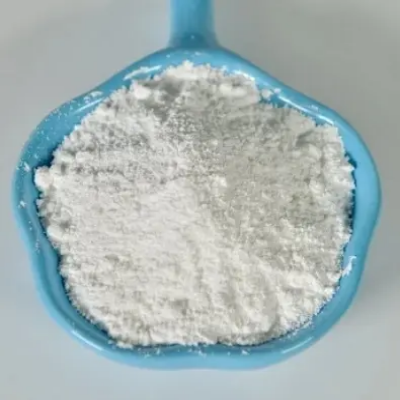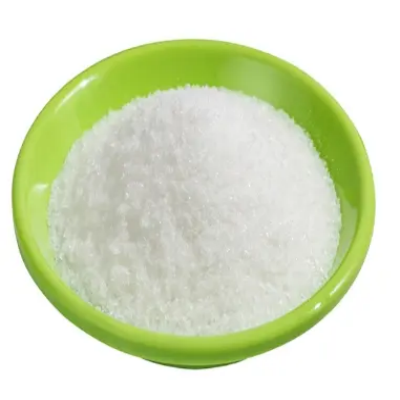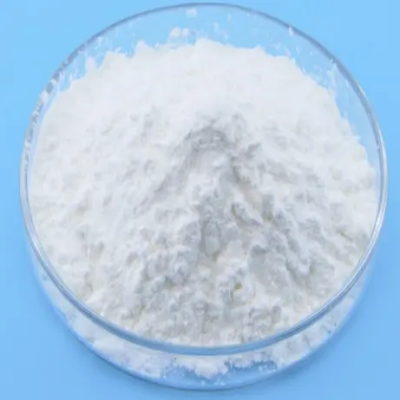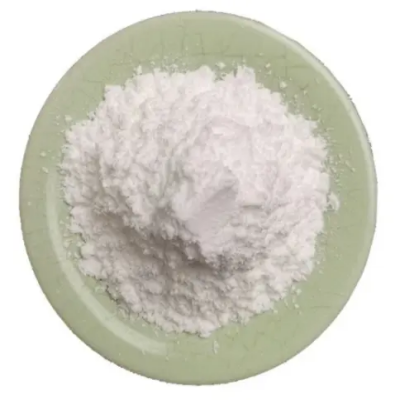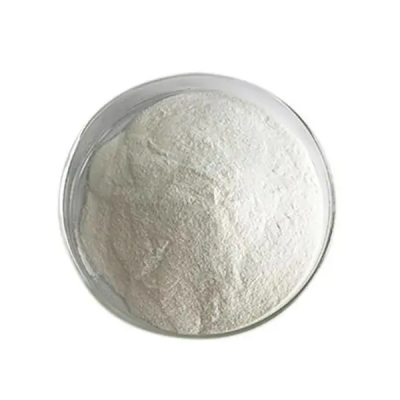2-(3-formyl-4-isobutoxyphenyl)-4-methylthiazole-5-carboxylate CAS:161798-03-4
Synthesized through organic chemical methods, 2-(3-Formyl-4-isobutoxyphenyl)-4-methylthiazole-5-carboxylate exhibits distinctive structural characteristics crucial for its various applications. The presence of a thiazole ring, along with the formyl group and the isobutoxyphenyl moiety, influences its chemical behavior and potential biological interactions. Applications in Pharmaceuticals This compound holds promise in pharmaceutical development owing to its structural motifs. Thiazole derivatives are known for their diverse pharmacological activities, such as antimicrobial, anti-inflammatory, and antitumor properties. The incorporation of an isobutoxyphenyl group and an ester functionality can enhance bioavailability and modulate pharmacokinetic properties, potentially improving therapeutic efficacy. Biological Activity and Mechanisms Studies suggest that thiazole derivatives can interact with biological targets due to their structural similarity to natural biomolecules. The isobutoxyphenyl group may contribute specific pharmacological properties, while the formyl group can participate in biochemical reactions, influencing its mode of action and metabolic pathways. Synthetic Routes and Development The synthesis of 2-(3-Formyl-4-isobutoxyphenyl)-4-methylthiazole-5-carboxylate involves complex organic processes starting from commercially available starting materials. Optimization of synthetic routes is essential to achieve high yields, purity, and scalability, which are critical for industrial-scale production and pharmaceutical applications. Current Research and Future Directions Current research focuses on exploring the compound's full spectrum of biological activities, including its potential as an antimicrobial agent and its role in modulating inflammatory pathways. Future studies may investigate modifications to tailor its pharmacological profile for specific therapeutic applications, enhancing its efficacy and safety in clinical settings. In conclusion, 2-(3-Formyl-4-isobutoxyphenyl)-4-methylthiazole-5-carboxylate represents a significant advancement in medicinal chemistry and pharmaceutical research. Its unique structural properties and potential pharmacological activities make it a subject of ongoing scientific exploration and innovation in drug development and related fields.



| Composition | C18H21NO4S |
| Assay | 99% |
| Appearance | white powder |
| CAS No. | 161798-03-4 |
| Packing | Small and bulk |
| Shelf Life | 2 years |
| Storage | Store in cool and dry area |
| Certification | ISO. |


